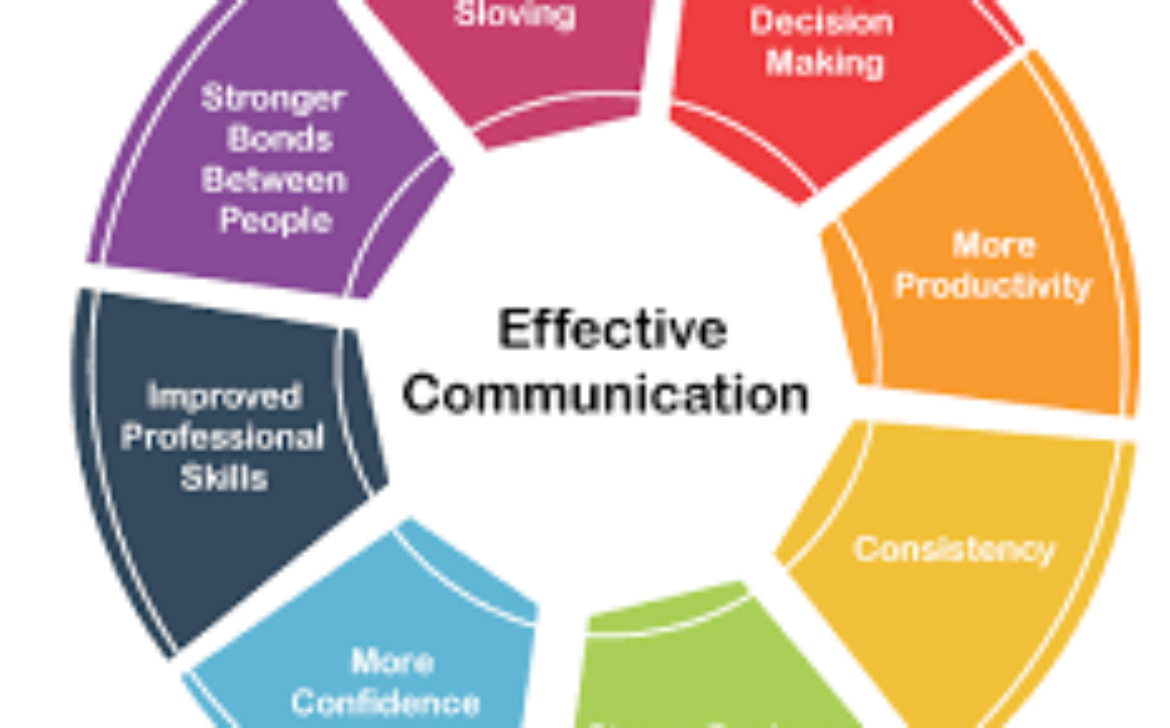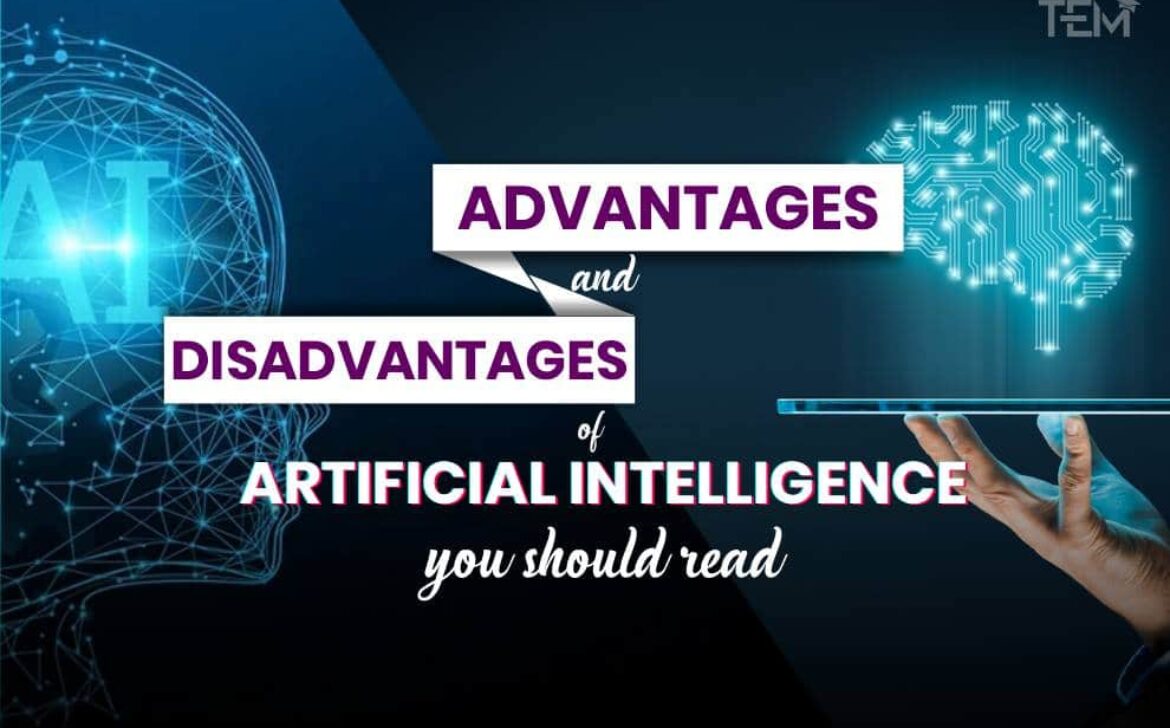Navigating Professional Communication and Ethics: Building Strong Connections and Trust.
Introduction:
In a world characterized by rapid technological advancements and global connectivity, the art of professional communication has never been more crucial. However, effective communication transcends mere conveyance of information; it is also intricately woven with ethical considerations that shape the way we interact with others. This blog delves into the dynamic interplay between professional communication and ethics, highlighting their pivotal roles in building strong connections, fostering trust, and contributing to personal and professional growth.
The Essence of Clear and Respectful Communication:
At the heart of professional communication lies the fundamental principle of clarity. Expressing thoughts, ideas, and expectations in a clear and concise manner lays the groundwork for productive interactions. In addition, maintaining a tone of respect and empathy ensures that communication remains effective and contributes to positive relationships.
- Active Listening and Empathy:
Ethical communication involves not only expressing oneself but also actively listening to others. Practicing empathetic listening fosters understanding, acknowledges diverse perspectives, and cultivates an environment of respect. When individuals feel heard and valued, open dialogue flourishes, enhancing collaboration and decision-making.
- Transparency and Honesty:
Transparency and honesty are pillars of ethical communication. Presenting accurate information and acknowledging potential conflicts of interest build credibility and trust. When honesty becomes a guiding principle, individuals are more likely to forge genuine connections and foster a culture of integrity.
- Cultural Sensitivity:
In an increasingly diverse world, cultural sensitivity is paramount. Being aware of cultural nuances and adapting communication styles accordingly demonstrates respect for diverse backgrounds. Ethical communication embraces inclusivity and strives to bridge cultural gaps, contributing to harmonious interactions.
Ethical Decision-Making in Communication:
Ethics in communication extend beyond the choice of words; they encompass the decisions we make and their potential impact on others. Ethical decision-making involves considering the consequences of our communication, upholding values, and acting in ways that align with our principles.
- Privacy and Confidentiality:
Respecting privacy and maintaining confidentiality are ethical imperatives in professional communication. Safeguarding sensitive information and seeking consent before sharing personal details build trust and demonstrate integrity.
- Conflict Resolution:
Ethical communication plays a pivotal role in conflict resolution. Addressing conflicts with empathy, active listening, and a focus on mutual understanding can transform adversarial situations into opportunities for growth and collaboration.
- Accountability and Responsibility:
Ethical communication entails taking accountability for one’s words and actions. Acknowledging mistakes, apologizing when necessary, and making amends exemplify responsible communication, fostering a culture of accountability.
Conclusion:
The intricate dance between professional communication and ethics underscores the significance of clear, respectful, and responsible interactions. By embracing active listening, empathy, transparency, and cultural sensitivity, individuals can create connections that transcend borders and differences. Ethical decision-making in communication ensures that our words align with our values, fostering trust and mutual respect. In an interconnected world, where every message has the potential to shape perceptions and outcomes, mastering the art of ethical communication empowers individuals to navigate challenges, build meaningful relationships, and achieve success guided by principles of integrity and empathy.










